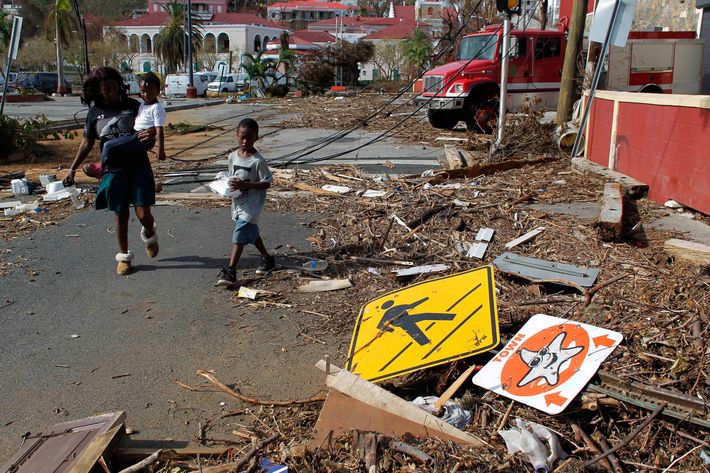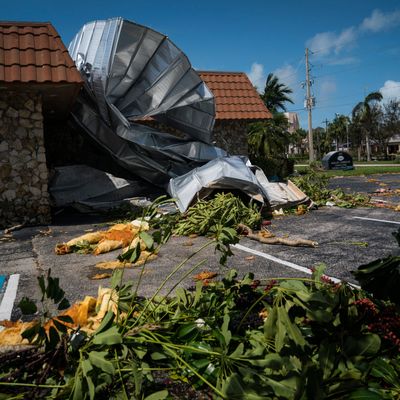
Irma is now a post-tropical cyclone, ragged and weakened after ravaging the Caribbean and tearing through Florida. Few parts of the peninsula were spared the hurricane’s enormous reach — though many places escaped the worst-case scenario. Cities like Tampa, which braced for the catastrophe, got a “glancing blow,” while the Florida Keys — where Irma made landfall as a powerful Category 4 — are utterly devastated.
The storm killed at least 11 people in Florida and Georgia. The death toll in the Caribbean and Cuba is currently as high as 37. And Irma, coming right on the heels of Harvey, will likely require billions in recovery and rebuilding aid. But right now in Florida, residents and officials are surveying the damage as evacuees make their way back to their homes and businesses. More than 15 million people in Florida alone are without power. Officials said it could take weeks to restore electricity. Neighborhoods across the state are dotted with downed trees and debris, and streets in places such as Jacksonville and Naples are still flooded out.
The Florida Keys are ground zero for Irma’s wrath. FEMA officials estimated that 25 percent of homes were completely destroyed, while another 65 percent suffered serious damage. “My heart goes out to the people in the Keys,” Florida governor Rick Scott said, who surveyed the scene from the air on Monday. “There’s devastation. I just hope everybody survived. It’s horrible what we saw.”
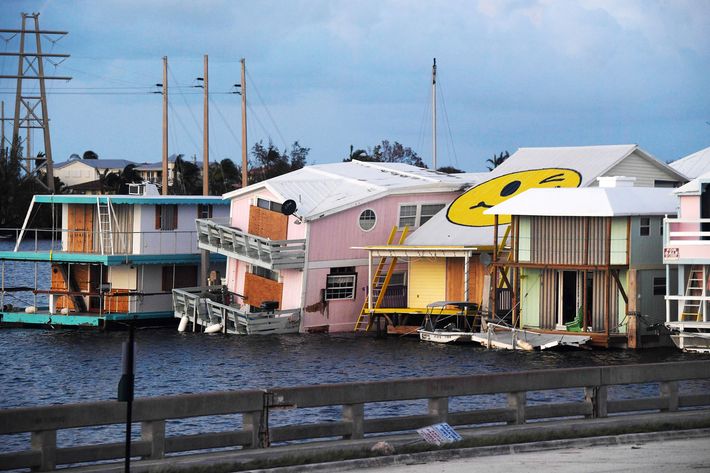
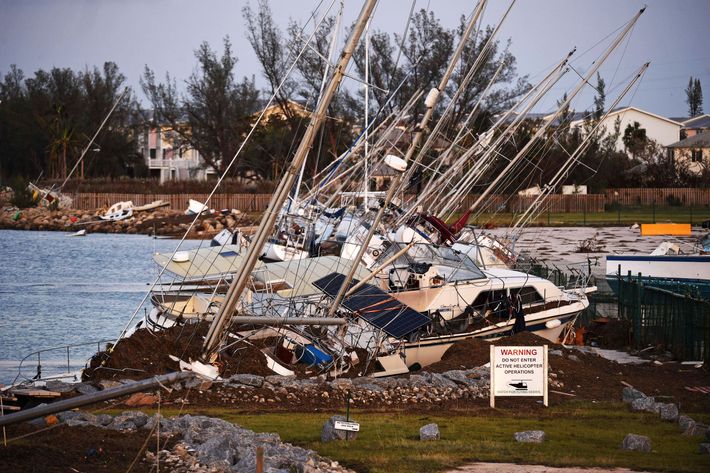
Some areas are still flooded in Naples, in southwestern Florida. Mayor Bill Barnett said, despite the destruction, the city “dodged” the dire storm-surge predictions of 12 to 18 feet. Mobile-home communities in East Naples were among the hardest hit.
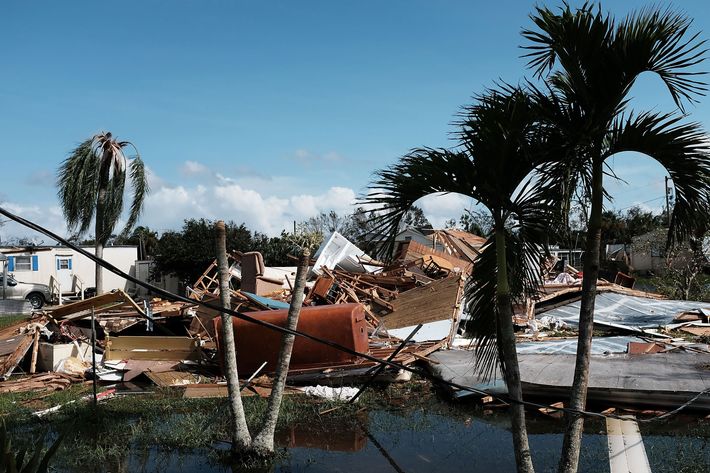
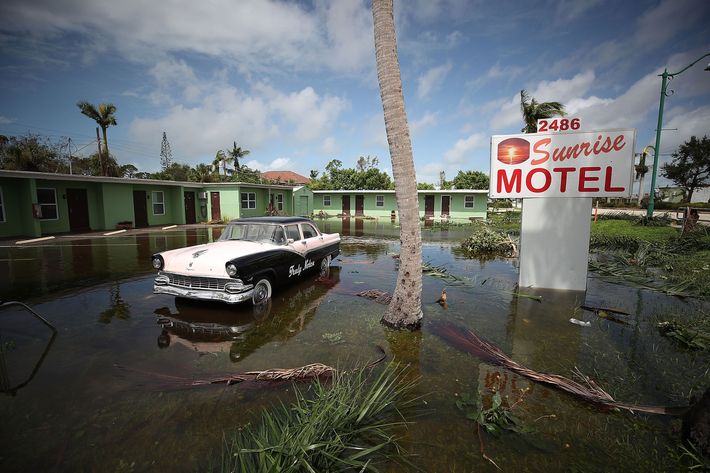
Jacksonville, Florida, is about 400 miles from where Irma first made landfall, in the northeastern corner of the state. But it was battered by the tropical storm, with storm-surge flooding from the St. Johns River that broke the record set in 1964 during Hurricane Dora. Governor Scott is surveying the damage from the air Tuesday.
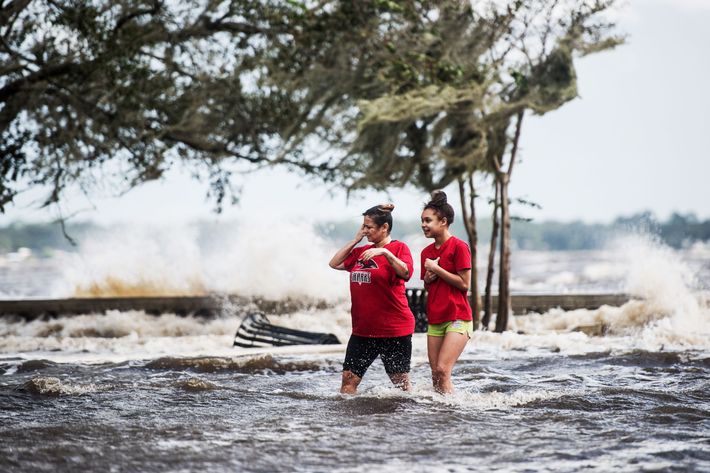
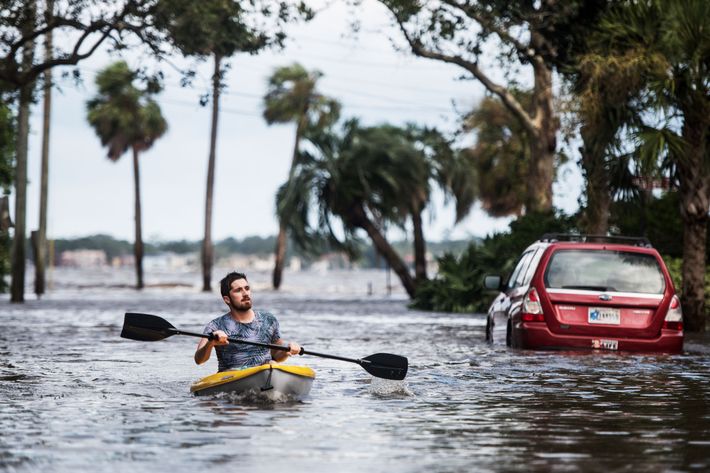
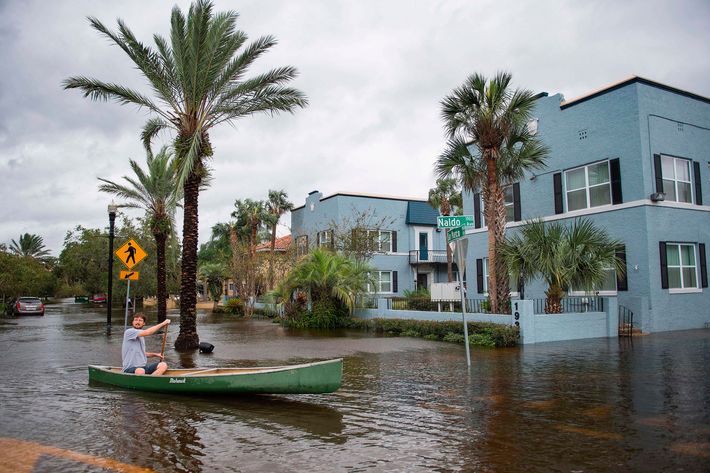
Irma tore through Cuba as a Category 5 storm before it reached Florida, killing at least ten people. Parts of Havana were inundated, and wind gusts of up to 130 miles per hour tore roofs off homes.
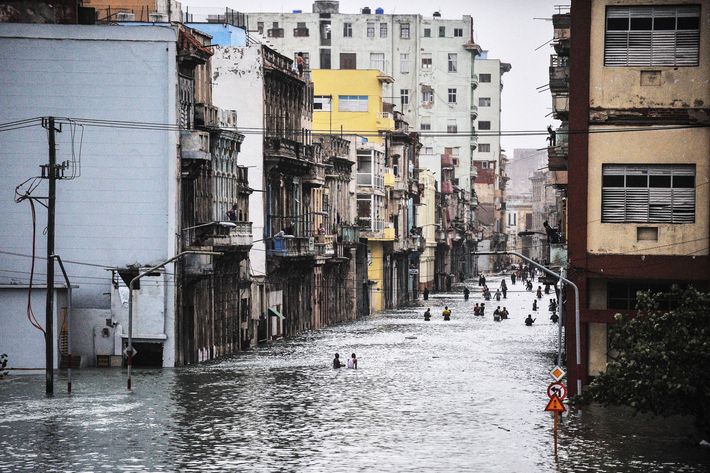
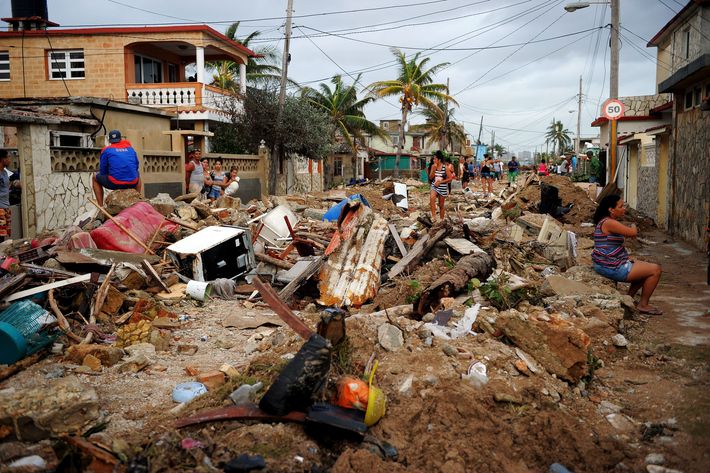
Irma cut a path through the Caribbean that turned Barbuda to “rubble” and razed homes in St. Martin.
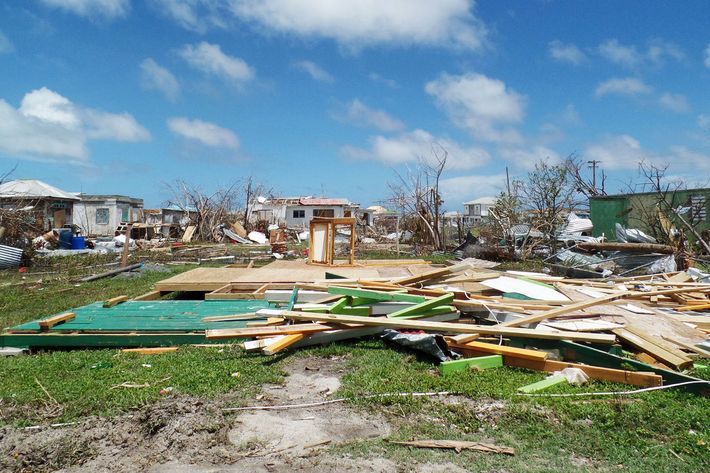
The U.S. Virgin Islands are facing a potential humanitarian crisis, reports the New York Times. U.S. military helicopters are dropping food and water aid, and nearly 5,000 American troops are headed to the islands to help with relief efforts. On St. John, about 80 percent of homes were destroyed.
